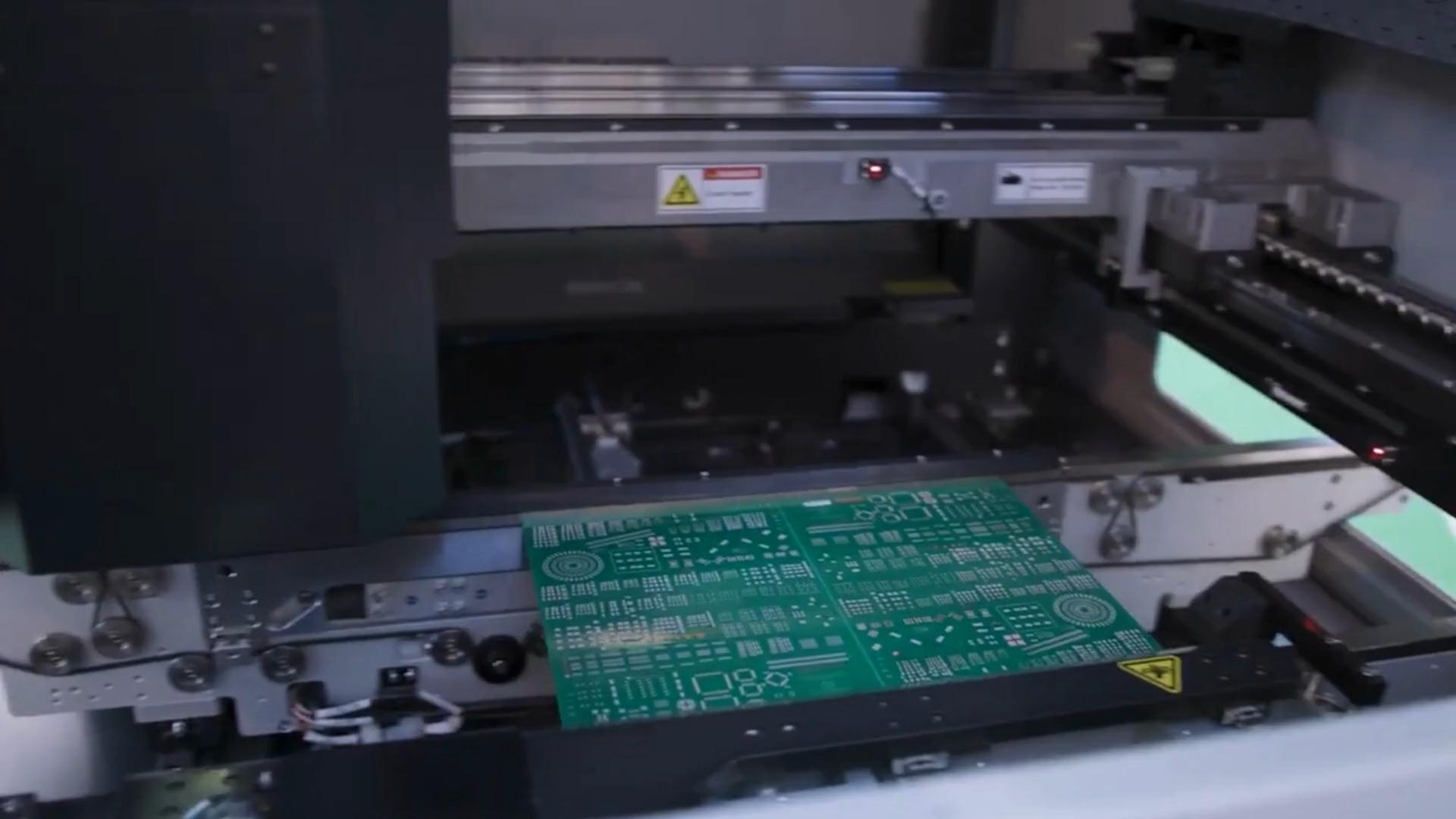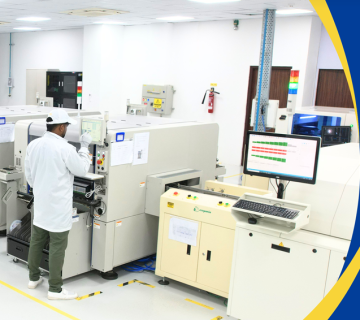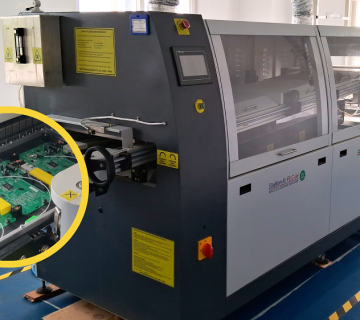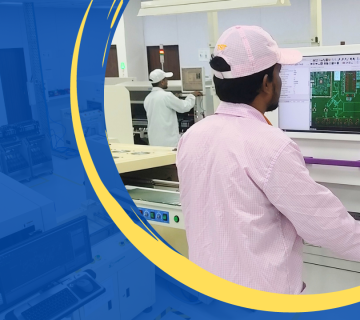Surface Mount Technology (SMT) has revolutionized the electronics manufacturing industry by enabling the efficient assembly of electronic components directly onto the surface of printed circuit boards (PCBs). This method offers several advantages over traditional through-hole assembly, including higher component density, reduced size and weight, and improved manufacturing speed. However, as competition in the electronics market continues to intensify, manufacturers are under increasing pressure to not only produce high-quality products but also to do so in a cost-effective manner. In this blog, we will explore how optimizing SMT assembly processes can lead to enhanced cost efficiency and product quality.
- Streamlining Component Selection
One of the initial steps in optimizing SMT assembly is to carefully evaluate and select the electronic components that will be used in the manufacturing process. Component selection involves considering factors such as component availability, cost, performance, and reliability. By choosing components that strike the right balance between quality and cost, manufacturers can ensure that the final product meets both customer expectations and budgetary requirements.
- Design for Manufacturability (DFM)
Effective collaboration between design and manufacturing teams is essential for successful SMT assembly optimization. Design for Manufacturability (DFM) principles focus on designing PCB layouts that are conducive to efficient assembly processes. By reducing complex component placement and minimizing the need for manual intervention, manufacturers can significantly improve assembly speed and reduce the risk of errors. DFM also plays a critical role in ensuring the longevity and reliability of the final product.
- Automated Component Placement
Automated component placement machines play a pivotal role in SMT assembly optimization. These machines precisely position components onto the PCB, ensuring accuracy and consistency. By investing in advanced placement equipment, manufacturers can increase production speed, reduce labor costs, and minimize the chances of defects caused by human error. This not only enhances cost efficiency but also contributes to improved product quality.
- Solder Paste Printing
The solder paste printing process is a crucial step in SMT assembly, as it determines the quality of solder joints that connect components to the PCB. Optimizing solder paste printing involves fine-tuning parameters such as stencil design, solder paste type, and printing speed. Ensuring proper solder paste deposition enhances solder joint reliability, reduces defects, and ultimately improves the overall quality of the assembled product.
- Reflow Soldering Optimization
Reflow soldering is the process by which solder paste is melted to form the electrical connections between components and the PCB. To optimize this process, manufacturers must carefully control factors such as temperature profiles, conveyor speed, and atmosphere within the reflow oven. A well-optimized reflow soldering process ensures consistent and reliable solder joints, reducing the likelihood of defects and enhancing product quality.
- Inspection and Quality Control
Implementing rigorous inspection and quality control measures is essential to ensure that only products meeting the highest standards leave the manufacturing facility. Automated optical inspection (AOI) and X-ray inspection systems can detect defects such as misalignment, solder bridging, and insufficient solder paste deposition. By identifying and rectifying issues early in the process, manufacturers can prevent costly rework and improve overall cost efficiency.
In the rapidly evolving electronics industry, optimizing SMT assembly processes is key to achieving enhanced cost efficiency and product quality. By streamlining component selection, embracing DFM principles, utilizing automated equipment, and fine-tuning critical steps such as solder paste printing and reflow soldering, manufacturers can produce high-quality electronic products while minimizing production costs. As technology continues to advance, staying at the forefront of SMT assembly optimization will enable manufacturers to remain competitive and meet the ever-growing demands of the market.





No comment